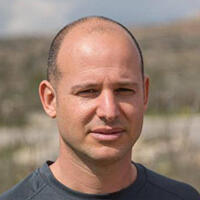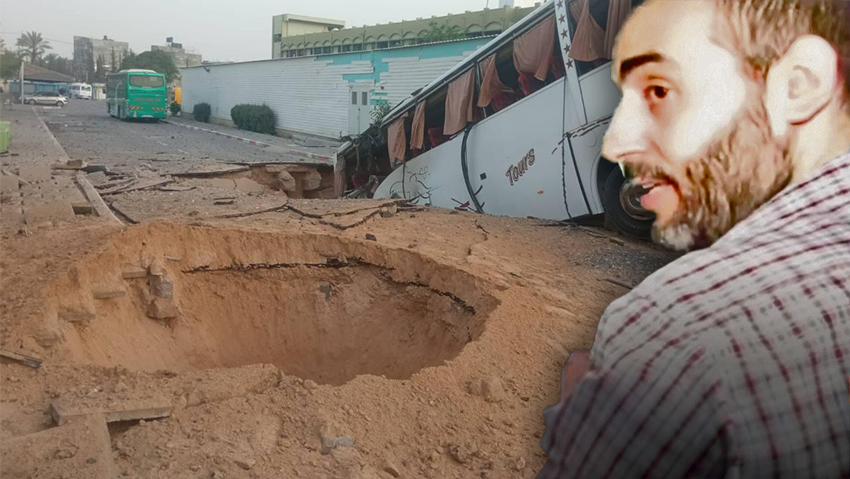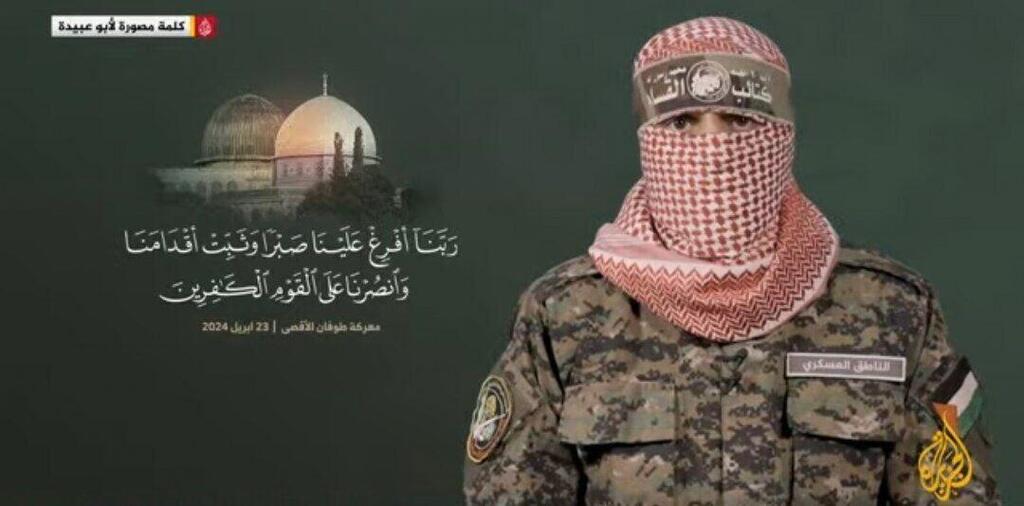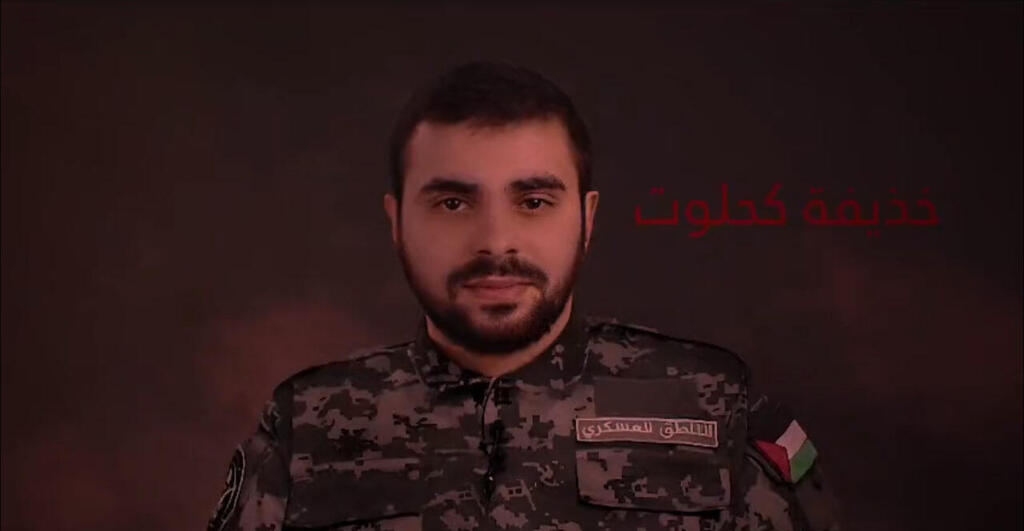Israeli defense officials believe that Rafah Brigade commander Muhammad Shabana, along with other senior Hamas figures — including the group’s spokesman Abu Obaida, according to Arab media reports — were present with Mohammed Sinwar in a tunnel struck by the Israeli Air Force on Monday night in an attempted assassination of the Hamas military leader.
The strike targeted a tunnel route that ran beneath the European Hospital in Khan Younis and was carried out in part as preparation for a possible future maneuver. Destroying the underground infrastructure would significantly degrade Hamas’ command and control capabilities in the sector and allow for more intensive operations should negotiations fail to produce a breakthrough.
New footage from the scene of the strike
The attempted assassination was conducted as part of a joint IDF–Shin Bet operation targeting a command-and-control center built beneath the hospital. Defense officials expressed cautious optimism about the success of the operation, which aimed to kill Mohammed Sinwar, the current head of Hamas’ military wing and successor to his brother Yahya Sinwar, who was killed last year.
Abu Obaida, Hamas’ masked spokesman, has gained a cult-like following in the Arab world. Widely known as “the man in the red keffiyeh,” he has appeared regularly on Al Jazeera, delivering daily summaries of the fighting while revealing little about Hamas’ future plans. His eyes are rarely seen on screen, as the camera remains focused on his covered face.
Early in the war, the IDF revealed Abu Obaida’s true identity as Hudhayfa Kahlout and released a photo of him, accusing him of hiding behind a pseudonym and a red headscarf in the same way Hamas hides behind civilians to launch attacks on Israel.
“He’s just like the rest of Hamas’ leaders,” the IDF said at the time. “They hide in tunnels, behind women and children, and behind masks and shadows.” This was not the first such move by Israel: during the 2014 Gaza war, the Saudi-owned Asharq Al-Awsat reported that Israel hijacked Hamas’ Al-Aqsa TV channel multiple times to broadcast images of Abu Obaida’s face and urge Gazans not to trust “this liar.”
Muhammad Shabana, the Rafah Brigade commander, is one of the senior Hamas leaders who launched the war and has survived multiple Israeli assassination attempts, both before and after October 7. Shabana assumed command during the 2014 Gaza war after three top Hamas commanders were killed. He currently oversees four battalions, including the elite Nukhba unit that spearheaded the October 7 massacre in southern Israel.
During the current war, Shabana survived Israeli strikes even amid the ground invasion in Rafah. Three of his sons have been killed in the fighting. Following the assassination of Yahya Sinwar, rumors circulated that Shabana had also been killed, but neither Israel nor Palestinian sources confirmed this.
Get the Ynetnews app on your smartphone: Google Play: https://bit.ly/4eJ37pE | Apple App Store: https://bit.ly/3ZL7iNv
The decision to attempt the assassination of Mohammed Sinwar was made shortly before the strike. Air Force jets were scrambled within a tight timeframe to strike the target. Defense officials expect confirmation of the results to take several days.
The strike was approved by IDF Chief of Staff Lt. Gen. Eyal Zamir, followed by Defense Minister Israel Katz and Prime Minister Benjamin Netanyahu.
Israeli intelligence agencies had waited a long time for actionable information on Sinwar’s whereabouts. Once Shin Bet and IDF Military Intelligence obtained a reliable lead, the security establishment acted swiftly to launch the operation.
In parallel with the preparations, extensive checks were carried out to ensure that no hostages were present in the targeted tunnel. During the strike, Israeli fighter jets dropped approximately 40 bunker-buster bombs weighing about a ton — a payload similar to that used in the targeted killing of Hezbollah’s secretary-general Hassan Nasrallah, who had previously been hiding in an underground bunker.








